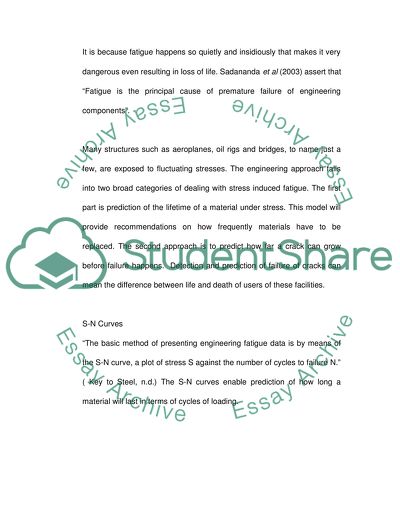Cite this document
(“Thermography detection on the fatigue damage of the specimen alloy Essay”, n.d.)
Thermography detection on the fatigue damage of the specimen alloy Essay. Retrieved from https://studentshare.org/miscellaneous/1521739-thermography-detection-on-the-fatigue-damage-of-the-specimen-alloy
Thermography detection on the fatigue damage of the specimen alloy Essay. Retrieved from https://studentshare.org/miscellaneous/1521739-thermography-detection-on-the-fatigue-damage-of-the-specimen-alloy
(Thermography Detection on the Fatigue Damage of the Specimen Alloy Essay)
Thermography Detection on the Fatigue Damage of the Specimen Alloy Essay. https://studentshare.org/miscellaneous/1521739-thermography-detection-on-the-fatigue-damage-of-the-specimen-alloy.
Thermography Detection on the Fatigue Damage of the Specimen Alloy Essay. https://studentshare.org/miscellaneous/1521739-thermography-detection-on-the-fatigue-damage-of-the-specimen-alloy.
“Thermography Detection on the Fatigue Damage of the Specimen Alloy Essay”, n.d. https://studentshare.org/miscellaneous/1521739-thermography-detection-on-the-fatigue-damage-of-the-specimen-alloy.


